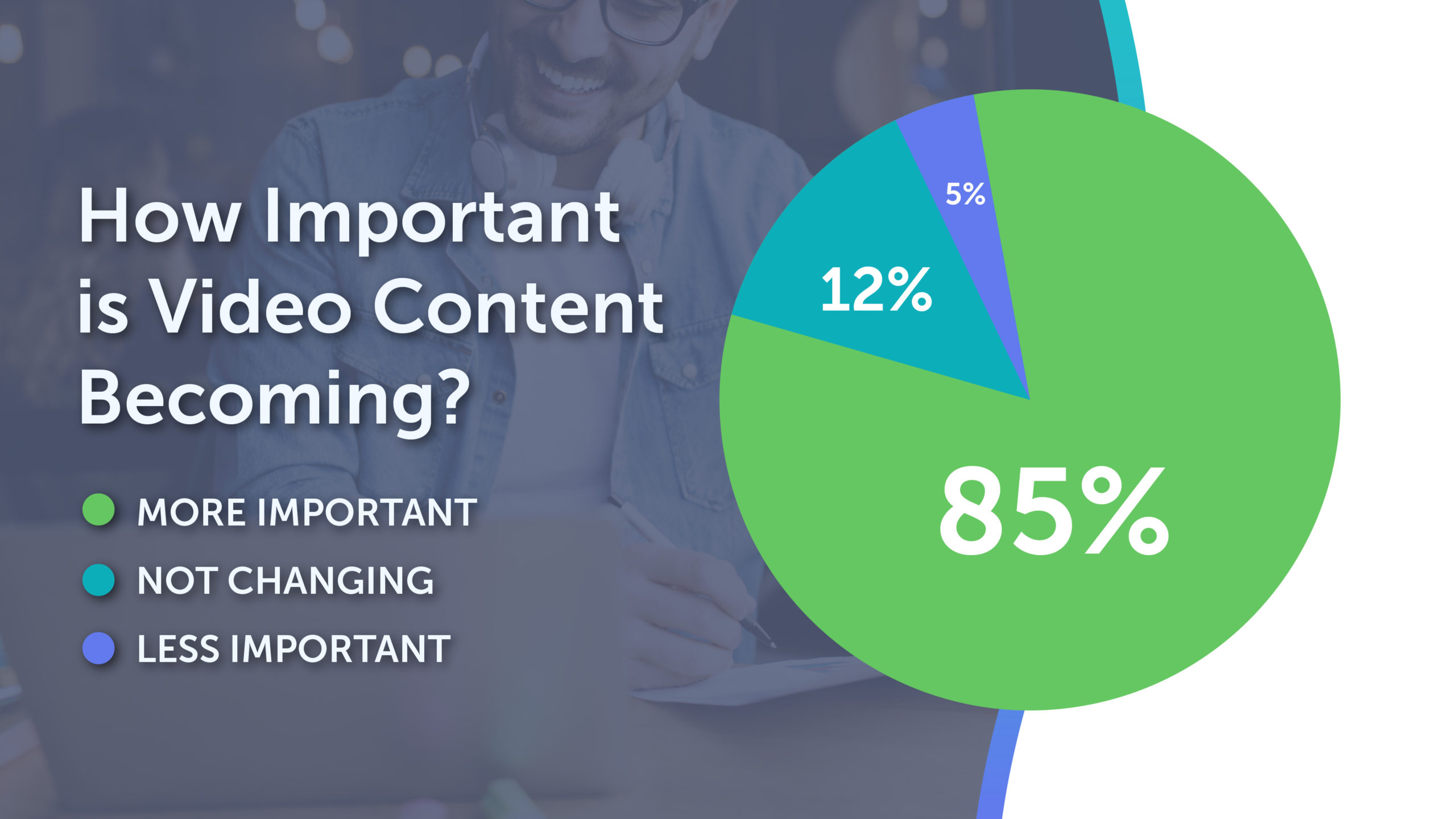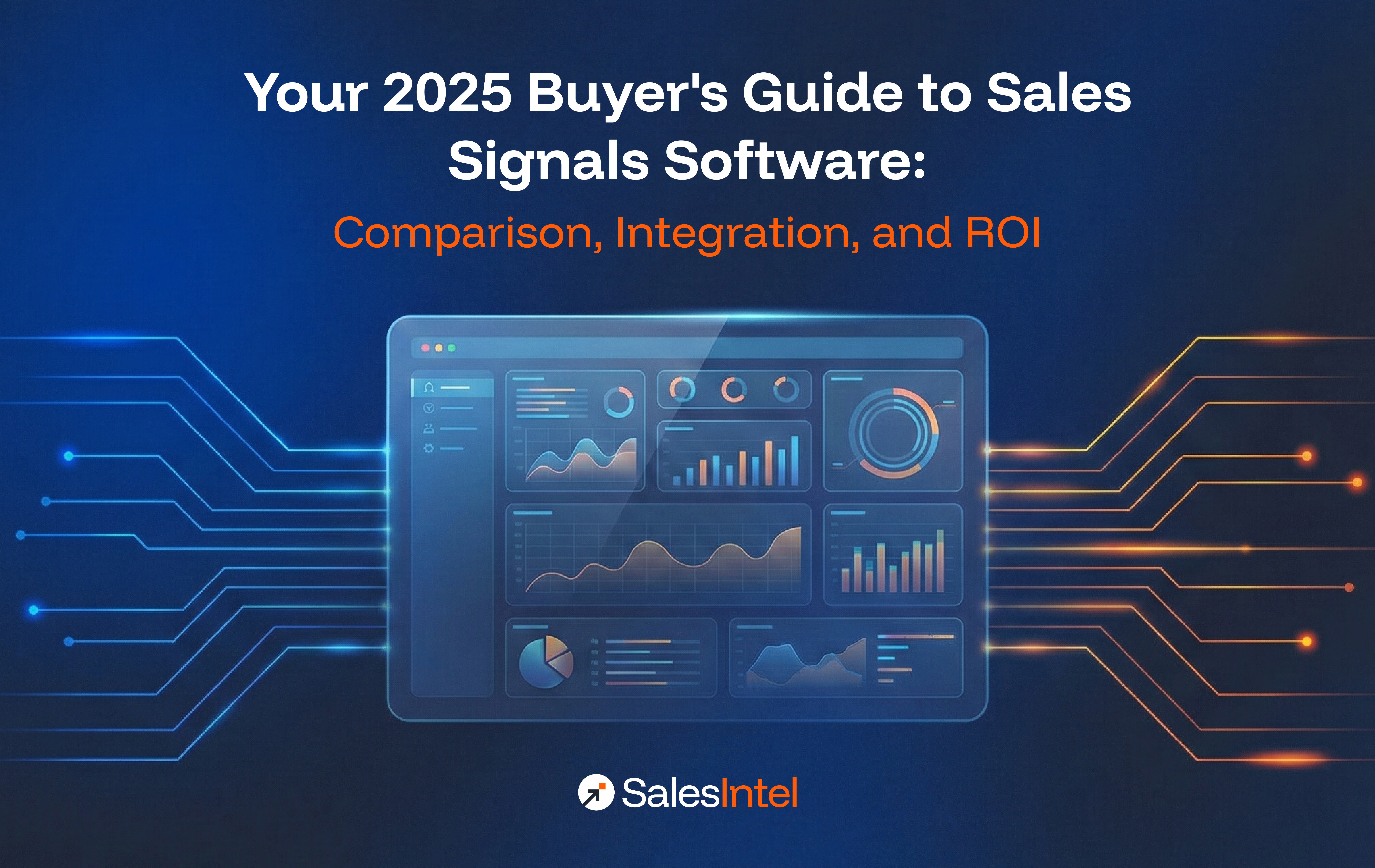B2B sales prospecting is changing as customers have more access to information than ever before, able to analyze every possible parameter and benefit before making a final decision.
The buying process goes through different critical phases, from the initial approach to building trust and offering the best customer experience throughout the process.
Thus, you need to be good at prospecting to increase the chances of closing deals.
What Are Prospecting Techniques?
Prospecting techniques are the methods used for prospecting customers. It can involve steps, tips, and strategies based on the product or the nature of your business.
Why is Prospecting an Important Activity for Salespeople?
Prospecting is vital for salespeople as it is the foundation of a healthy sales pipeline. By actively seeking and qualifying potential leads, salespeople can identify prospects who are more likely to convert into customers. Effective prospecting allows salespeople to focus their efforts on high-quality leads, saving time and resources. It helps build a robust network, create new opportunities, and maintain a steady flow of potential customers, leading to increased sales and business growth.
Here’s a list of standout sales prospecting techniques:
1. Block Time for Sales Prospecting
It is important to set aside dedicated time for prospecting. Mark it in your calendar as a daily activity if your day looks tight.
Prospecting is not easy. In fact, it is the most challenging and important part of your sales process – almost 40% of sales reps agree on this fact. You need to identify the best time when prospects are likely to respond to your emails or calls.
For instance, it is often futile to expect a response from a prospect on a Monday morning.
2. Make Warm Calls And Emails
Cold calling is no longer yielding the expected results for the B2B industry. However, your initial contact with new prospects doesn’t have to be a cold call.
You can warm up your prospect by first doing some research on the prospect before calling to better engage the prospect. Secondly, you can familiarize the prospect with your name or your company affiliation before the call or email by connecting with them on LinkedIn or commenting on their LinkedIn post.
The idea is to get into a meaningful conversation started based on the initial information you have.
SalesIntel provides you with the required accurate technographic and firmographic data of your prospects along with their direct dials that make it easy for you to prepare and approach directly to the decision-maker.
3. Become a Thought Leader.
It is important for you to convey your expertise to the prospect, as a generic approach would make you blend in with the crowd. You need to establish yourself as a subject matter expert in your industry to build credibility before reaching out to prospects.
Emails and LinkedIn are the best channels to make an impact. You can create industry-specific original content and utilize LinkedIn pulse to create the authority. This will ultimately support your warm calling (#2).
4. Don’t Sell
Always remember that prospecting is only the first step to getting your foot in the door.
Prospecting is not selling.
Prospecting is checking the interest and potential of the prospects to qualify them for the sales funnel. Focus on building relationships while prospecting. If you try to sell from the get-go stage, you are putting pressure on the prospect.
Make your prospect comfortable so once the selling approach comes into the picture it will be more effective.
5. Follow Up
Sales Prospecting may need regular follow-ups at each step. Whether you want to send an email to confirm a meeting time or send additional information to nurture the prospect, it will help you build a relationship with your point of contact.
If you have sent an email, it is always good to follow up with a call to keep the conversation active.
You can use the business information from the SalesIntel portal to strategize your content that talks about their interest.
This approach not only helps you to improve engagement with the prospect, but it also helps you to show you have studied their business.
6. Use Video

Video is in high demand from consumers. Learning and educational content alone drives over a billion views a day on YouTube. Sharing informational videos makes your outreach more enticing to prospects.
You can also share your corporate videos to capture the prospect’s attention. Or, ‘WOW’ your customers using personalized videos.
Identify the channels where your prospects are most likely to consume your content. It might be Facebook, Twitter, LinkedIn, or even YouTube. It is important to reach them wherever they are.
You can follow their posts to answer their queries or share your views. Define your social selling process. B2B companies who use social selling practices regularly are 40% more likely to hit their revenue goals than those who don’t have a social selling process.
8. Host a Webinar
Webinars are perfect to generate B2B leads if executed and promoted in the right way. Unless attendees have a demonstrated interest in the topic, they will not turn up for the webinar.
You can ask the audience to share their views or offer a one-to-one consultation for those who are interested to learn more. You can add a polling form in your webinar to offer the best user experience to attendees.
Follow up with those who are ready for a consultation and place those who are not yet ready to go forward into nurture campaigns.
Stay in touch over the next few months to see if their buying position changes.
9. Ask for Referrals
Prospecting doesn’t mean the person you are approaching should get qualified for the B2B sales funnel. There may be situations when the person might not be in immediate need or already using your competitor’s product. In such situations, you should ask for referrals.
Not asking for referrals is leaving your most reliable prospecting well untapped. Even if they qualify as a prospect, there’s no harm in asking for other referrals. If there’s anyone in their professional network you might connect with, you can create a new opportunity to sell.
10. Network at Events
Events are one of the best ways to prospect, especially if you can identify the right events to attend. If the agenda of the event covers topics relevant to your ideal customer, that’s the right event for your sellers to engage.
For instance, if you are selling a project management software to SMEs, you might want to avoid a conference targeted toward design leaders or creative directors who aren’t using the type you are trying to sell. Thus, targeting the right event is crucial.
11. Partner With A Reliable B2B Data Provider
Data is an integral part of prospecting. You need to make sure that you get the accurate B2B data to reach the right decision-makers at the right time.
Arming your email strategy with B2B data intelligence is by far the best blend of old-school marketing and new-age automation to drive more revenue in the digital era.
What Are Strategic Prospecting Skills?
To master sales prospecting, a sales rep should be good at identifying, qualifying, and prioritizing sales opportunities.
How to Use Linkedin for Sales Prospecting?
You can always search companies and concerned persons on LinkedIn. You can also use
- LinkedIn Sales Navigator
- LinkedIn Email Extractors
What Is The First Step Toward Proposing Solutions Effectively?
The first step towards proposing solutions effectively is collecting enough data of your prospects and their needs before offering the solution.
SalesIntel provides you access to millions of human-verified data with the most number of direct dials of the decision-makers. To ensure you always reach the right decision-maker, our data goes through the re-verification process every 90 days.
That’s our data promise to our clients. Our recent success has helped us to become the go-to B2B data provider across different industries including SaaS, EdTech, Recruitment, Banking, Finance, etc.
Get started with accessing our Free B2B Data!
FAQs
What is sales prospecting, its importance, and its stages?
Sales prospecting is the systematic process of identifying and reaching out to potential customers who fit your ideal customer profile. It’s critical for maintaining a healthy pipeline, ensuring predictable revenue, and driving sustainable business growth. The key stages include: research and identification, qualification, initial outreach, engagement and nurturing, and conversion to opportunity.
How do you define an Ideal Customer Profile (ICP) and qualify leads effectively in sales prospecting?
Define your ICP using firmographic data (company size, industry, revenue), technographic data (tech stack), behavioral indicators, and pain points your solution addresses—analyze your best customers to identify common patterns. Use qualification frameworks like BANT (Budget, Authority, Need, Timeline) or MEDDIC for complex sales, implement lead scoring systems, and continuously update your ICP based on closed-won deals.
What are the key steps in developing a sales prospecting strategy, including buyer journey understanding and data-driven optimization?
Understand the buyer journey stages (awareness, consideration, decision) and tailor messaging accordingly, set clear activity goals and conversion benchmarks, then build a multi-channel prospecting plan with defined cadences. Track key metrics like response rates and conversion rates, conduct A/B testing on messaging and timing, and iterate quickly based on data. Leverage intent signals and regularly share best practices across your team.
What are the differences and applications of inbound vs. outbound sales prospecting?
Inbound prospecting involves prospects coming to you through content, SEO, and referrals (warmer leads, higher intent, better conversion rates), while outbound involves proactively reaching out to identified prospects through cold calling, emailing, and social outreach (more control, highly scalable). Most successful teams use a blended strategy. That means outbound to fill pipeline gaps and reach specific targets, inbound to nurture interested prospects efficiently, with the ratio depending on market maturity and sales cycle.
Essential tools include SalesIntel/ZoomInfo for verified contact data, LinkedIn Sales Navigator for advanced targeting and InMail, AI-powered platforms like Gong.io for call analysis and Lavender for email optimization, and engagement tools like Outreach/SalesLoft for multi-channel cadences. Start with 3-5 core tools, ensure proper integrations, train your team thoroughly, and regularly measure ROI to optimize your tech stack.
Optimize your LinkedIn profile, share valuable content 3-5x weekly, engage authentically before connecting, and provide value before asking for meetings. Attend industry events, join online communities, and build partnerships with complementary providers. Create a structured referral program by asking happy customers for introductions to others facing similar problems, make it easy with templates, and always thank and reward advocates who help you connect with prospects.
How to effectively use cold calling and cold emailing for sales prospecting?
For cold calling: research prospects beforehand, use a framework (not a script) with pattern interrupt, brief value proposition focused on their problem, and a clear call-to-action to book meetings—handle objections by asking questions rather than defending. For cold emailing: write 50-125 word messages with personalized subject lines, specific observations, one-sentence value props, social proof, and single clear CTAs. Use 6-8 touch cadences over 2-3 weeks across multiple channels while monitoring deliverability.
How can unique outreach methods like video prospecting or sending surprises be utilized?
Video prospecting (30-90 seconds using Vidyard/Loom) humanizes you, stands out in text-heavy inboxes, and works well for high-value prospects or re-engagement—include custom thumbnails and specific business mentions. Strategic gifting through platforms like Sendoso (books, branded items, local treats, or personalized gifts at $25-75) shows genuine effort and works best for enterprise accounts, hard-to-reach decision-makers, or after standard methods fail. Always include personalized notes and follow up within 2-3 days.
How can Reddit be effectively used as a prospecting channel for B2B sales?
Find relevant subreddits for your target personas (r/marketing, r/SaaS, r/entrepreneur), build credibility by genuinely participating for 2-4 weeks before any promotion, then provide valuable answers to questions where your solution is truly relevant. Set up keyword alerts for pain points you solve, transparently disclose your affiliation, focus on education over selling, and take promising conversations to DMs. Respect subreddit rules and avoid spammy behavior to build long-term brand awareness.
How can sales prospecting be improved, and what are common challenges like low response rates or price-oriented clients?
For low response rates: improve personalization with trigger events, test different value propositions and channels, shorten messages, and use pattern interrupts – diagnose whether the issue is targeting, messaging, or timing. For price-oriented clients: lead with outcomes and quantified ROI, qualify for budget early, position as premium with justification through case studies, and be willing to walk away from poor-fit prospects. Conduct weekly performance reviews and monthly A/B testing to continuously optimize your approach.





